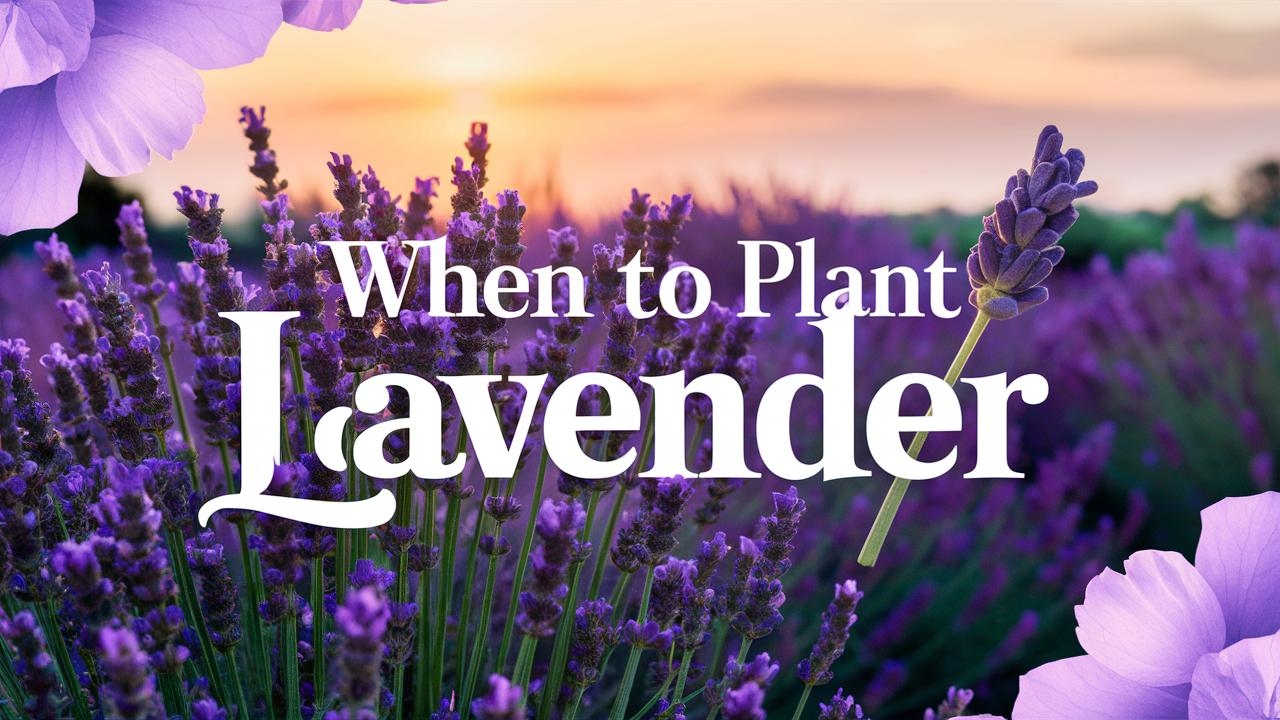In this guide, we will explore everything you need to know about when to plant lavender, tailoring our focus to its unique needs based on climate, variety, and growing conditions.
Understanding Lavender Varieties
Before delving into specific planting guidelines, it’s important to appreciate the various types of lavender available. While the most common variety is English lavender (Lavandula angustifolia), there are several others, including French lavender (Lavandula dentata), Spanish lavender (Lavandula stoechas), and hybrid lavenders. Each type has its own growing preferences and ideal planting times.
English Lavender: The Hardiest Choice
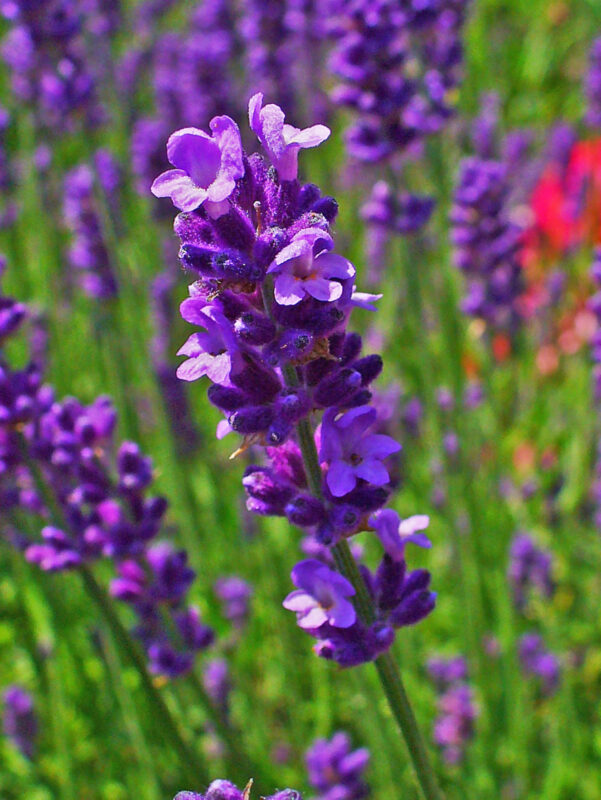
Native to the Mediterranean, English lavender thrives in temperate climates and has a reputation for being the hardiest of all lavender types. It produces beautiful blueish-purple flowers and is favored for both culinary and ornamental purposes. Planting English lavender is best done in the spring or fall when temperatures are mild, allowing the plants to establish roots in cooler weather.
French Lavender: A Warm-Weather Delight
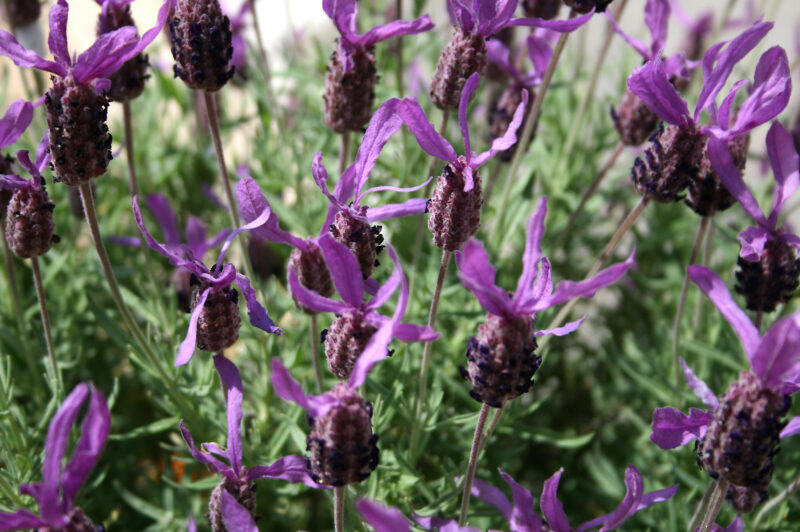
French lavender, characterized by its unique, frilly flowers and less intense fragrance, prefers warmer climates. It’s more tolerant of humidity than English lavender. Spring is the perfect time to plant French lavender in regions with hotter summers, giving it the entire growing season to flourish.
Spanish Lavender: The Drought Tolerant Option
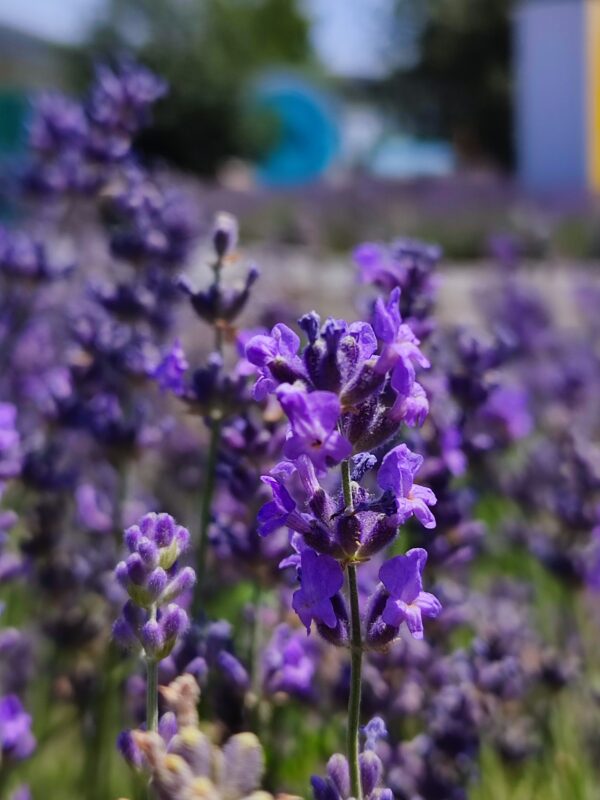
Spanish lavender is identifiable by its distinctive flower heads topped with tufted petals. This variety is well-suited for dry, sandy soils and is often found in areas with milder winters. In areas with mild winters, late spring or early summer is an excellent time to plant Spanish lavender, allowing it to establish before the heat sets in.
Climate Considerations: Knowing Your Zone
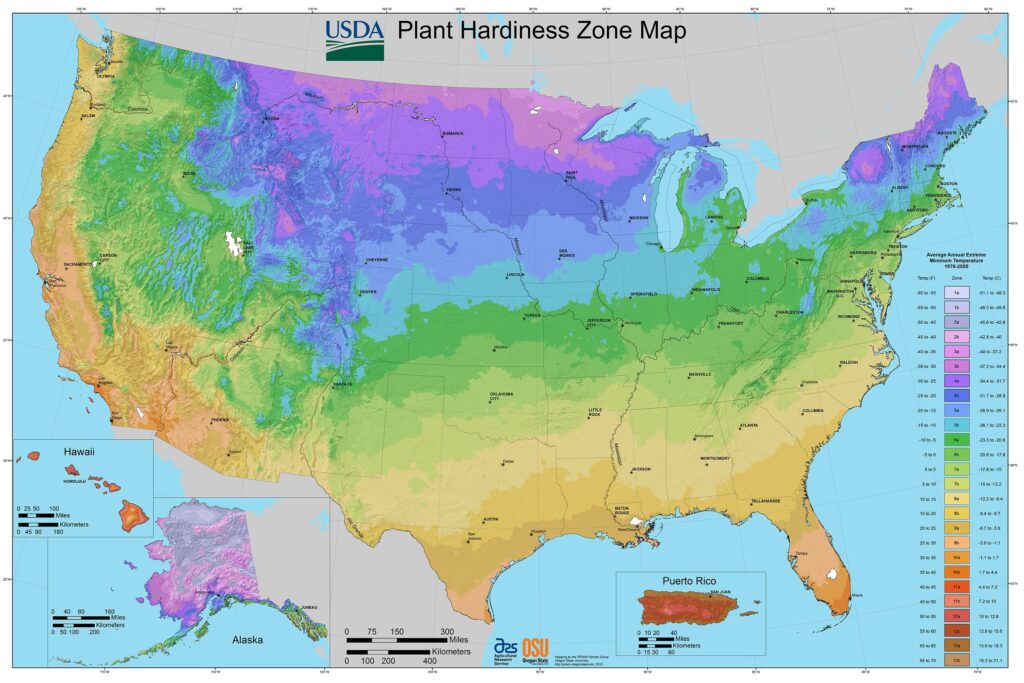
Understanding your USDA Hardiness Zone is crucial in determining the best time to plant lavender. Lavender requires a well-drained soil and plenty of sun, so knowing your area’s climate will enable you to time your planting perfectly.
Mild, Mediterranean Climates (Zones 8-10)
In warmer zones, where winters are mild, lavender can be planted in the spring or even during the fall. The cooler months will help the plants become established before the summer heat arrives. Additionally, this timing allows for an earlier floral display, as the plants will have more time to grow and bloom before the heat of summer.
Temperate Climates (Zones 5-7)
For regions that experience cooler winters and more pronounced seasonal changes, the best time to plant lavender is either in the early spring after the last frost or in the early fall before the first frost. Spring planting is ideal as the soil warms up, allowing the plants to grow vigorously during the warm months. Fall planting also provides a great chance for root development before winter sets in.
Cold Climates (Zones 3-4)
In colder regions, lavender planting should primarily occur in late spring after the danger of frost has passed. Although these hardiness zones present additional challenges for growing lavender, choosing hardy varieties like English lavender can increase the chances of survival.
Soil and Location: Setting Up for Success

The success of your lavender plant is not just about timing but also about the right soil and location. Lavender loves well-drained soil with a pH between 6.0 and 8.0. If your soil is heavy clay or too acidic, it can lead to root rot and poor plant health.
Testing Your Soil
Before planting, it’s beneficial to test your soil to determine its pH and texture. You can get a testing kit from a local gardening store or send a sample to a soil testing laboratory. Amend your soil as necessary. For heavy soils, consider adding sand or gravel to improve drainage.
Sunlight Needs
Lavender thrives in full sunlight, requiring at least six to eight hours of direct sun each day. Therefore, choose a planting location that receives plenty of sunshine and has good air circulation. Avoid planting lavender in shaded areas, as it will lead to leggy growth and fewer blooms.
Preparing to Plant
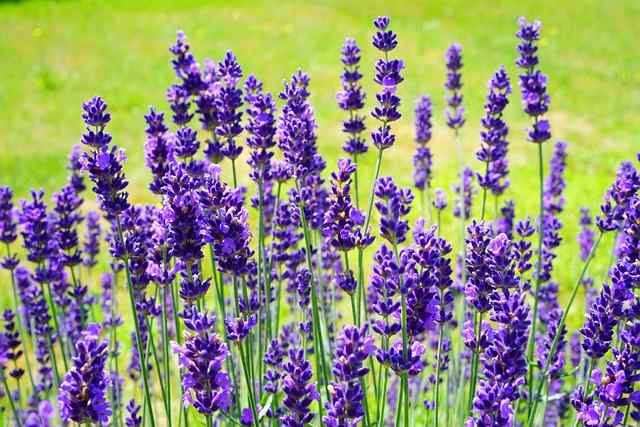
Once you’ve decided on the best time to plant lavender and prepared your soil and location, the next step is preparation.
Seedling vs. Seed
You can start lavender from seeds or buy young plants. While starting from seeds can be more cost-effective, it’s a more time-consuming process. Seeds require cold stratification to germinate effectively, which means placing them in a cold environment for several weeks. If you’re looking for quicker results, purchasing established plants is the way to go, particularly if you’re planting in a region with a short growing season.
Planting Technique
If you’ve opted for seedlings, the planting process typically involves digging a hole twice the width of the plant’s root ball but no deeper than the root itself. Place the plant in the hole, ensuring that the crown (where the roots meet the stem) is level with the soil surface. Gently backfill with soil and water thoroughly.
For seeds, sow them in trays filled with a soilless medium, lightly covering them with a thin layer of soil. Maintain moisture and place the trays in a warm area with adequate light until germination occurs.
When to Transplant Lavender
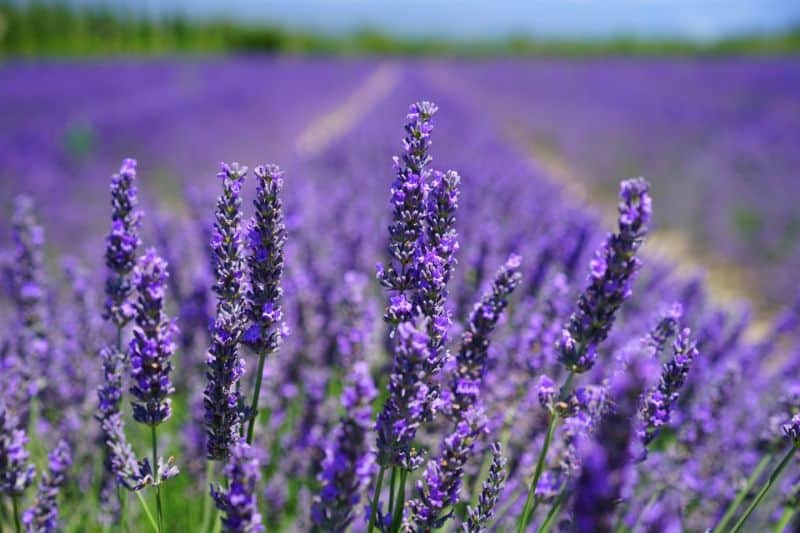
Transplanting can be necessary if your lavender seedlings have outgrown their pots or if you’re relocating established plants. The best time to transplant is during the spring or early fall. Transplantation helps the plant maintain its vigor and encourages growth.
Signs Your Lavender Needs Transplanting
Signs that your lavender may need to be transplanted include crowding in pots, stunted growth, or poor flowering. If you notice these signs, it’s best to act quickly to promote healthy growth.
Techniques for Successful Transplanting
When transplanting, choose a cloudy day or in the late afternoon to reduce shock. Gently remove the plant from its container or the ground, taking care to keep the root system intact. Prepare the new site with the same planting considerations, ensuring well-drained soil and sufficient sunlight.
Ongoing Care and Maintenance
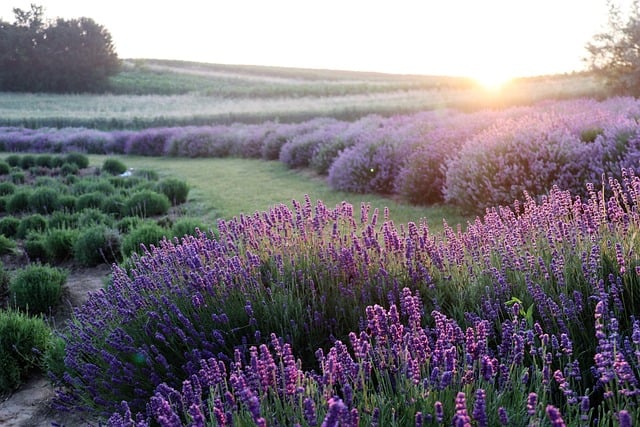
After planting lavender, ongoing care is essential for its success.
Watering Practices
Lavender is drought-tolerant; thus, overwatering can be detrimental. Water the plants deeply during dry spells, ensuring that the soil dries out between waterings. Newly planted lavender requires more frequent watering until established, but as the plants mature, they will thrive with less water.
Fertilization
Lavender doesn’t require regular fertilization; in fact, too much nitrogen can lead to leggy plants with fewer blooms. If your soil is particularly poor, a light application of a balanced, slow-release fertilizer during the growing season can support healthy growth.
Pruning
Regular pruning is vital for lavender’s health. After the blooms fade in late summer, cut back about one-third of the plant to encourage bushier growth and improve airflow. Avoid cutting into the woody stems, as this can prevent new growth.
Recognizing Seasonal Differences
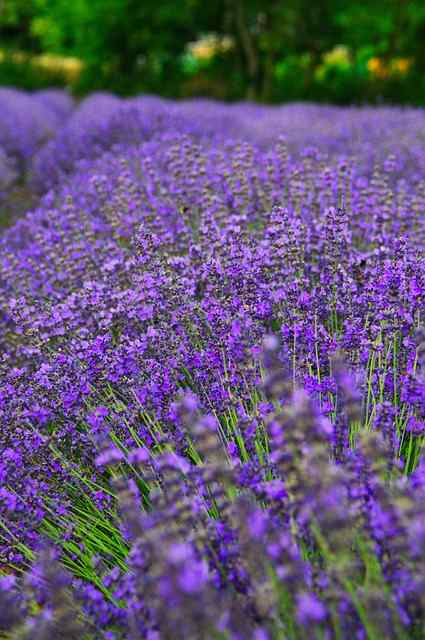
As you become more comfortable with growing lavender, understanding the seasonal differences across the year will help you plan for future growing seasons.
Spring Growth
In spring, lavender plants begin to awaken from dormancy. This period is characterized by fresh growth and the establishment of new shoots. It’s the perfect time to apply a light fertilizer and prune any dead or damaged stems.
Summer Blooming
Summer is when lavender showcases its most glorious blooms. Flowering typically occurs from mid-summer to late summer, depending on the variety and local climate. This period is when lavender should be watered judiciously to promote intense blooms but should never be overwatered.
Autumn Preparation
As summer fades into fall, the lavender plants will begin to prepare for winter dormancy. It’s essential to stop fertilizing by late summer and ensure that any spent flowers are deadheaded. You should also prepare your plants for colder weather pruning back effectively to prevent snow damage.
Winter Rest
Lavender goes into dormancy during the winter months. In colder climates, provide protective mulch around the base of the plants, but avoid covering the plant stems, which can lead to rot.
Final Thoughts: The Joy of Growing Lavender
Growing lavender can be a fulfilling experience, especially when you understand the best times to plant it according to your region, variety, and environmental conditions. Lavender not only enhances your garden aesthetically but also provides sensory delights through its fragrance, culinary uses, and versatility.


